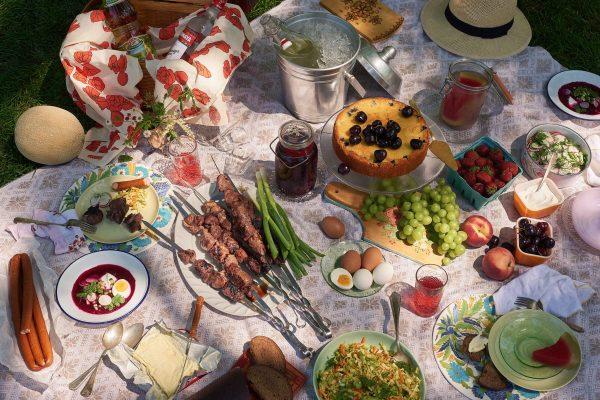A Shabbat curry by way of Mumbai. Syrian Passover soup that came to Brooklyn. A 100-year-old rugelach recipe. A cholent pie. Naama Shefi is the Jewish culinary librarian who carefully records these Jewish diaspora foods in her recipe card box that is The Jewish Food Society.
It’s a recently conceived organization, incorporated as a nonprofit in 2017, that aims to “preserve, celebrate, and revitalize Jewish food from around the world,” its Instagram page reads, through a digital archive and real life pop-ups and events.


